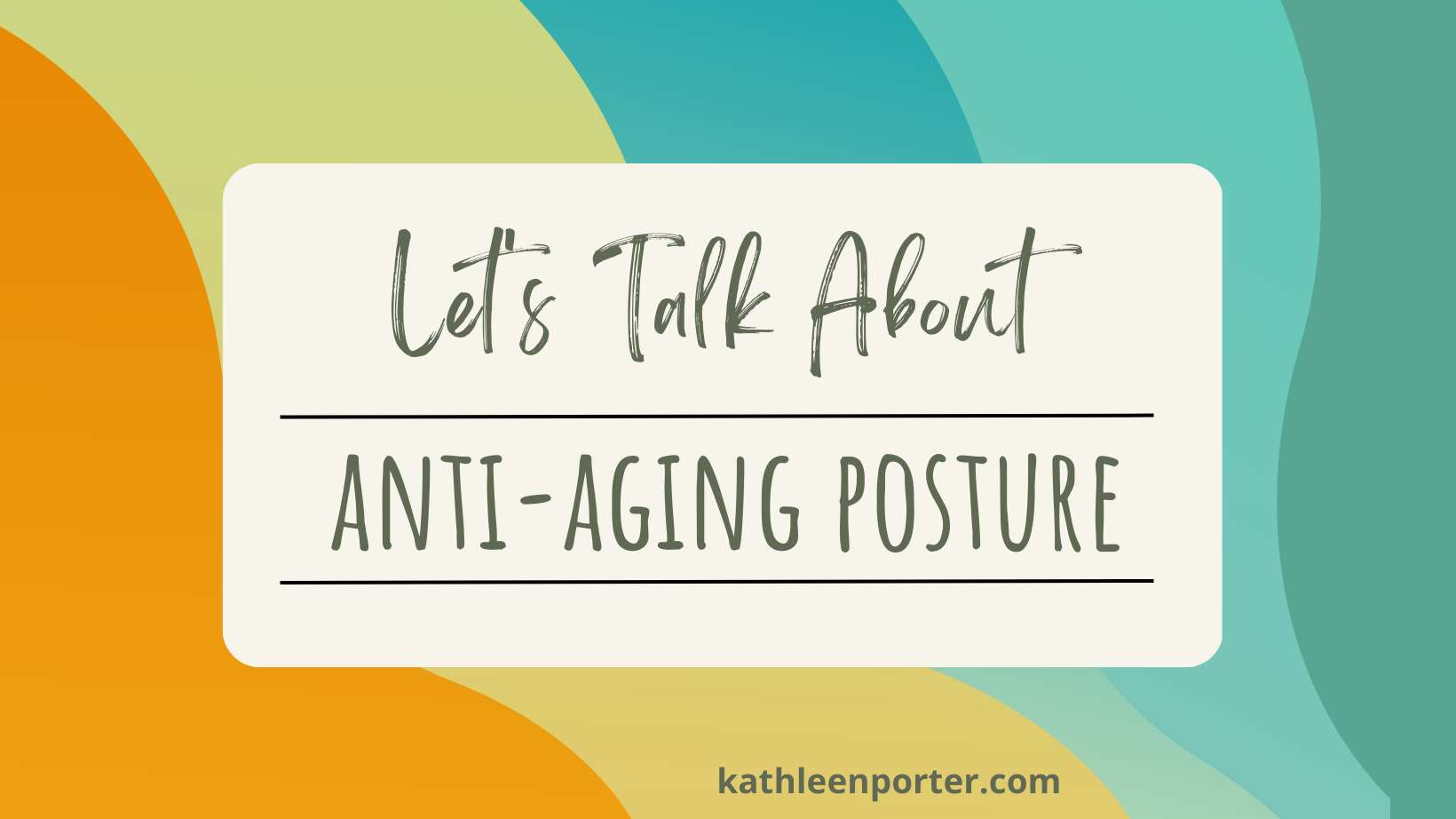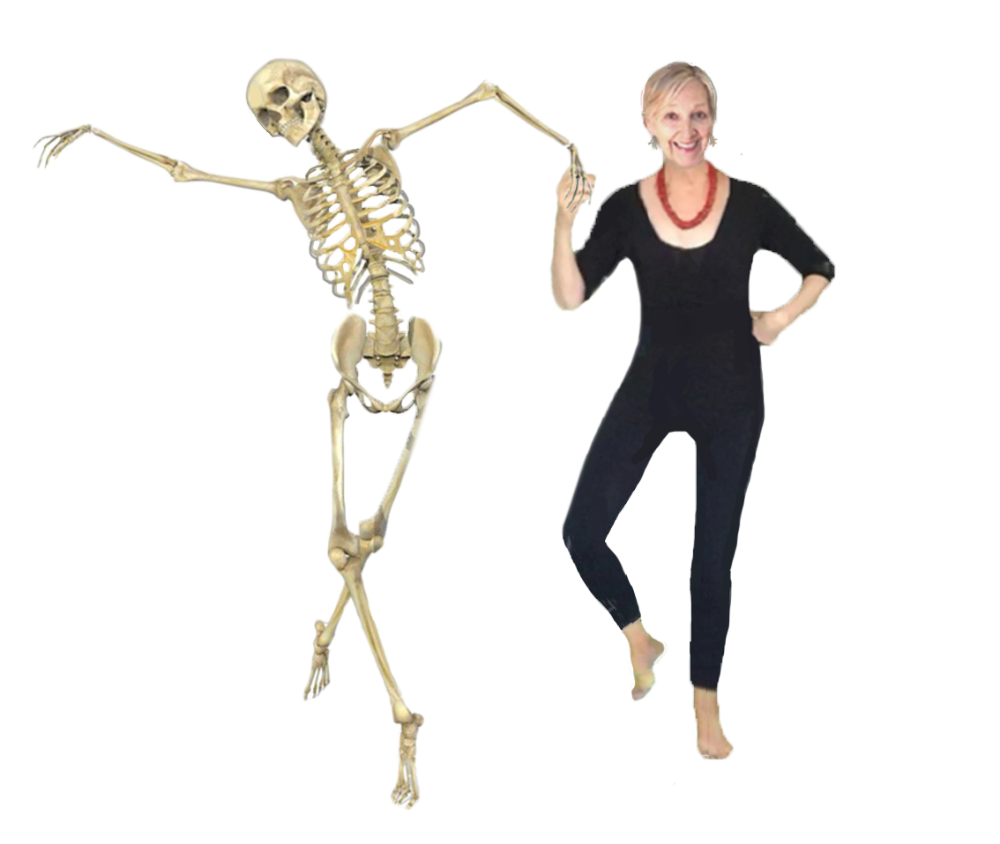Anti-Aging Posture

Reverse Aging Posture
Start Now, Before It's Too Late . . .

 Why is it that we continue to be blind to the essential value of our body’s innate alignment, while accepting the mistaken belief that collapsing posture is simply an inevitable feature of aging?
Why is it that we continue to be blind to the essential value of our body’s innate alignment, while accepting the mistaken belief that collapsing posture is simply an inevitable feature of aging?
It turns out that, as much as we do understand about the human body, we still do not know what truly "good" and NATURAL posture is.
As important as a healthy diet and remaining physically active happen to be, maintaining "anti-aging posture" (i.e. natural posture) is a key factor in aging with greater ease.
Not long ago, people thought that how one aged was simply the luck of the draw. Some people seemed to have all the luck and managed to move into old age still standing tall and feeling far more comfortable and free of stiffness and pain. They may have found themselves stiffening up a little bit more than they once did, but all in all, their bodies didn’t cause them a rapidly growing list of problems. They glided into old age more gradually and gently than other folks who had sunken into collapsed shapes that left them aching and stiff most of the time.
In recent years, “Use it or lose it” has become the motto of the senior citizen exercise set, and the relief many people feel when the become more active bears out what is true about this slogan. More accurate to overall health aging, however, might be better summed up by the words: How you use it is how you keep it.”
If you live in more modern, technologically advanced places in the world, there’s a good chance you don’t see many older people out and about who are aging with long, supple spines, easy flexibility, a solid kind of strength, and robust vitality.
In fact, we don’t see many older people out and about at all, since most of them are sequestered at home or in various retirement communities that provide the kind of help and support so many older people need, due to a list of health issues and physical limitations, many of which are the result of a lack of crucial structural support.

Yet, were you to visit places where people still typically continue to perform manual work and remain physically active well into advanced years, there would be many examples of people who age with relaxed shoulders, flexible hips, lightness in their step, a storehouse of vital energy and fewer aches and pains than their misaligned counterparts.
If, as a society, we understood the importance of aligned, solidly upright posture in supporting the healthy functioning of all the body's systems—circulation, digestion, respiration, etc. and the vital organs that support these systems, the health of millions of people would be improved. I’m talking about all those internal body parts—organs, blood vessels, tubes, valves and such—related to respiration and breathing well, circulation and the distribution of oxygenated blood to all parts of the body, digestion and assimilation of nutrients, and elimination of waste. For example, how effective is a healthy diet, for instance, if all the organs of digestion and elimination are smashed together and distorted, compromising the intricate workings involved in processing and assimilating this food, or the heart that pumps oxygenated blood to every corner of the body is misshapen inside a chest that is shrunken and collapsed?
Almost every approach to postural improvement involves doing exercises designed to strengthen weak muscles and/or stretch tight ones—which have to be repeated over and over again on an almost daily basis.
How often is the underlying framework of support—your entire skeleton—mentioned by your doctor as being a factor in your overall health—whether it be chronic pain of unknown cause or issues related to digestion or elimination or even chronic fatigue? And at those times that posture is considered to be important, the model of the ideal that is used to define "good posture" is predictably mistaken.
It's common to assume that rounded backs and shrinking posture are inevitable features of aging for anyone who lives long enough. Happily, for countless people in the world who live into their 80s and 90s, this is not true. Structural collapse is simply the result of decades of habits that entrench misaligned bones. People who are solidly supported by aligned bones can most often remain tall and upright and enjoy elongated spines and easy flexibility for an entire lifetime.
The people pictured here are both in their mid-eighties, yet they are supported by dramatically different skeletons that determine how they feel, and how well their body is working for each of them on a daily basis.

The woman on the left began to lose the support of aligned bones decades ago. Most likely, like almost all healthy toddlers, she started out naturally aligned, but at some point, for any number of possible reasons, she began to "tuck her tailbone,” and her spine, whose support was determined by the position of her pelvis, began its gradual collapse. She now lives with the consequences of such loss of foundational support.
The 85-year old man pictured on the right never lost the skeletal alignment he first discovered as a toddler by discovering the vertical axis of gravity within himself. He didn’t realize this was what he was doing, of course, but toddlers figure out what works for them to be able to balance—first, while sitting up, then later when teaching themselves how to stand, and then walk, and run.
People who always remain naturally aligned are fortunate to enjoy enduring strength, easy flexibility and enhanced vitality as they age into their 70s, 80s and beyond. Those who lose this alignment along the way, enjoy none of the above.

The good news is that most people can re-learn how to re-inhabit their bodies in ways that re-train the body back to it's original, natural design. While far from a quick-fix—this does require time and a commitment to put this into practice—the results can be remarkable and can lead to improvement of longstanding chronic pain and other health issues.
Ready to be pain-free?
Get tips for pain-free living with natural posture and more.
We hate SPAM. We will never sell your information, for any reason.
